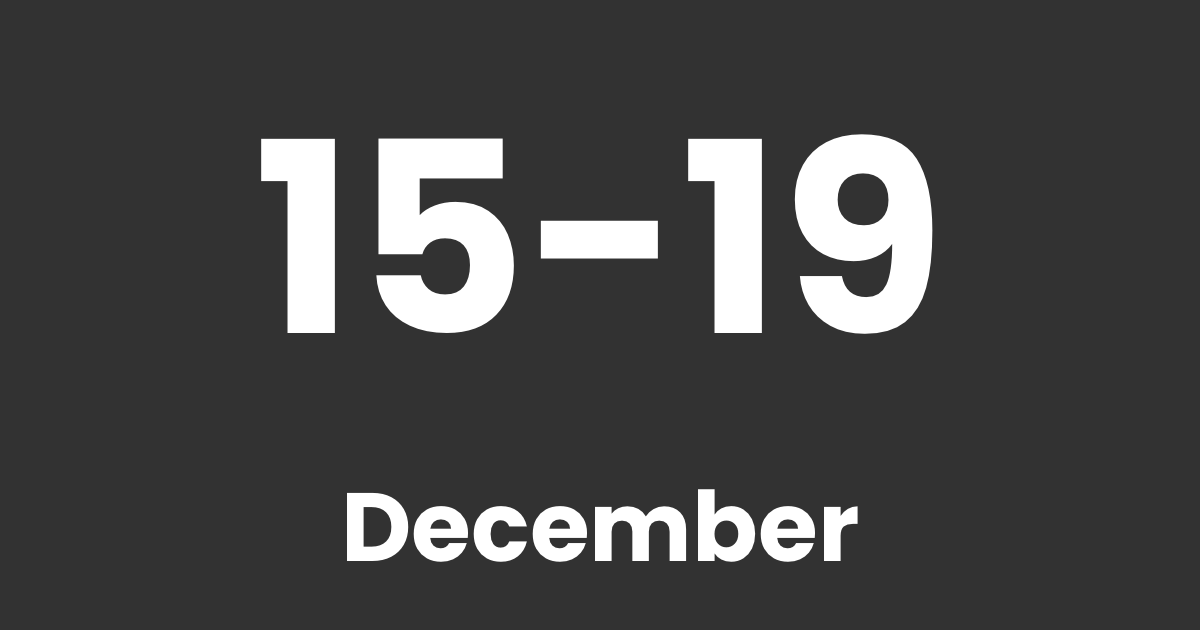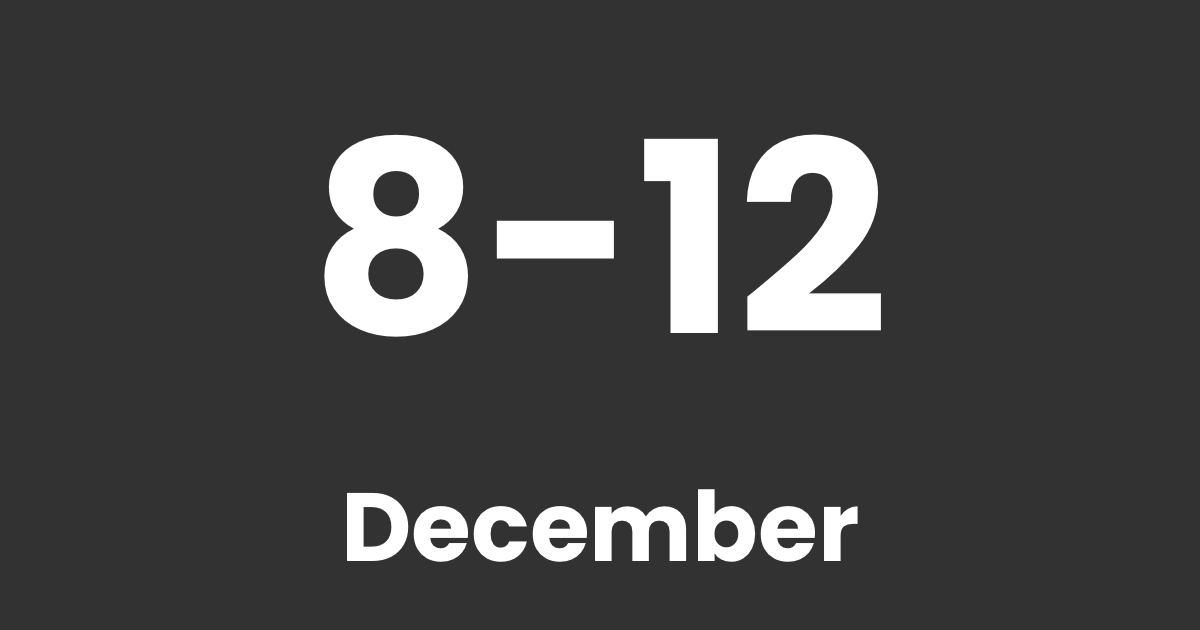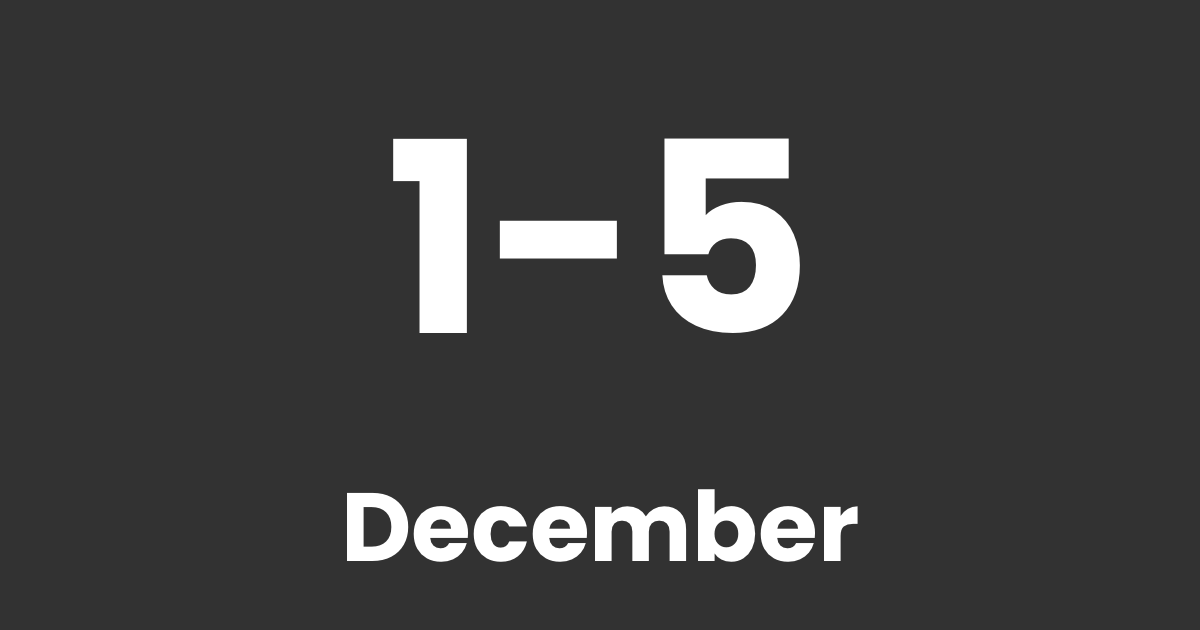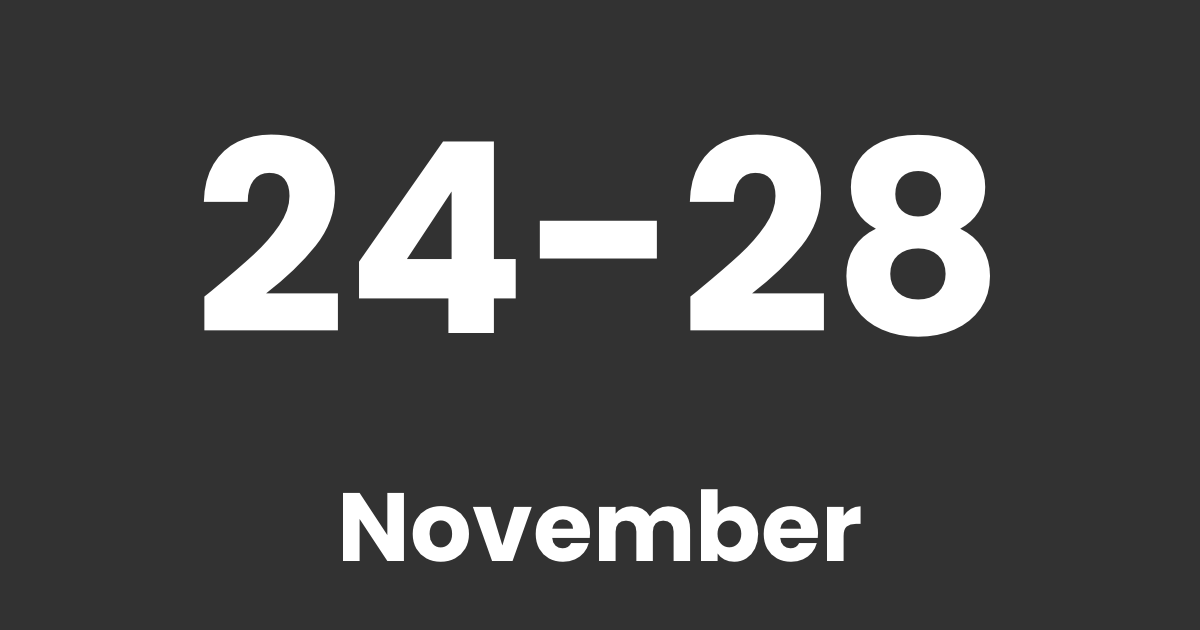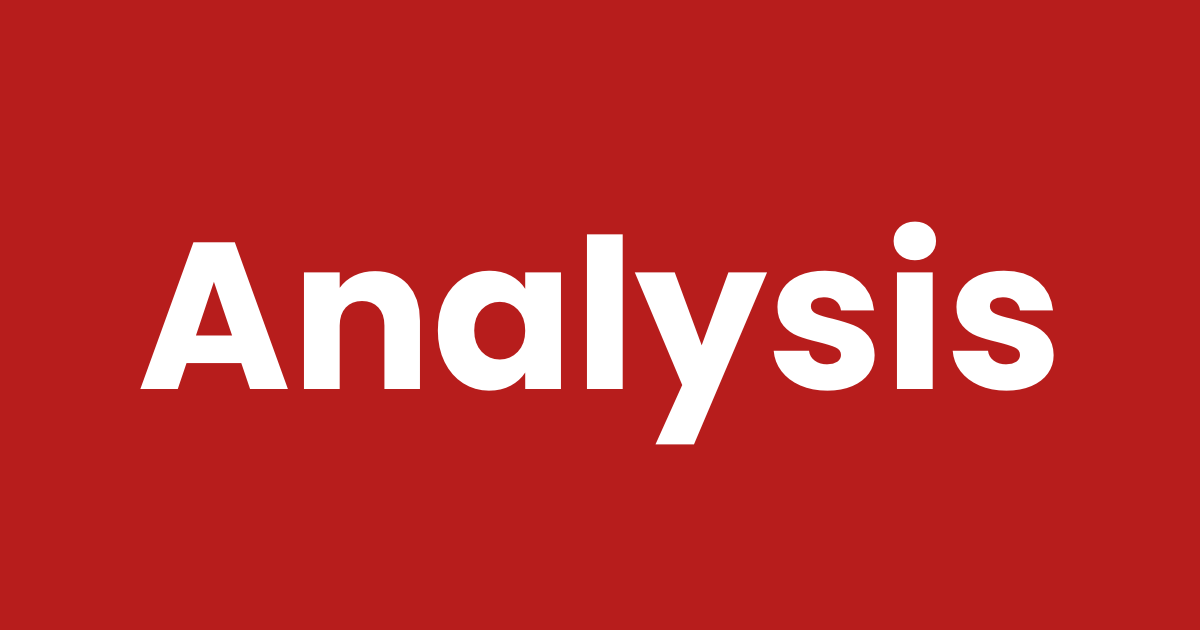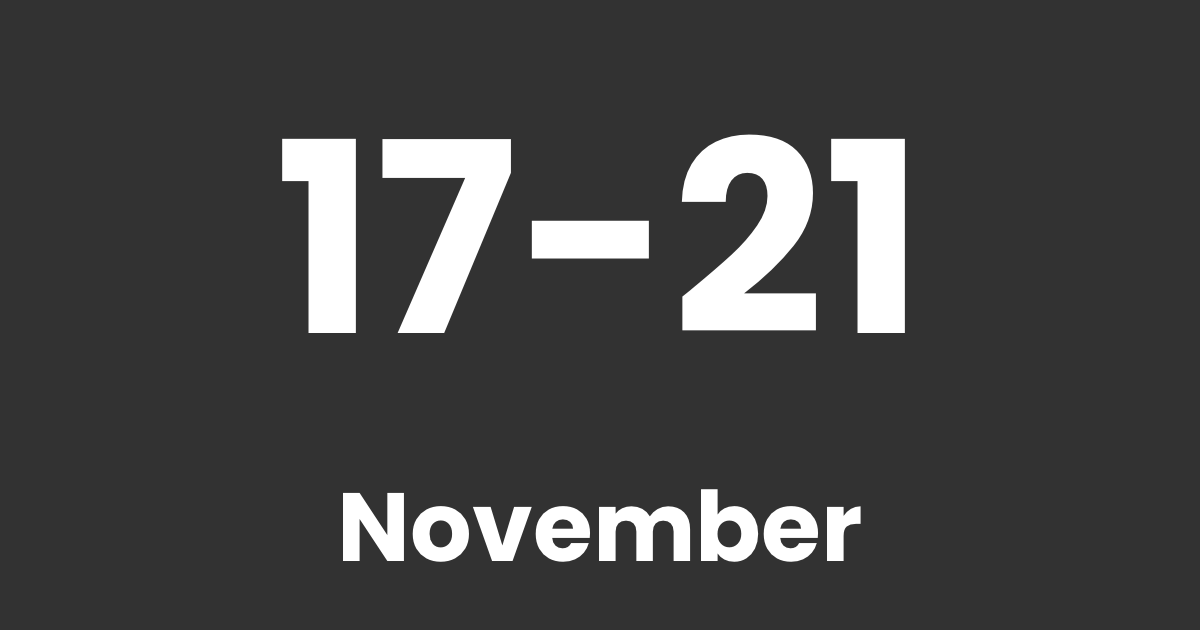The Reserve Bank of Australia (RBA) has cut its cash rate by 25 basis points to 3.85%, reducing the interest rate for the second time in 2025. Although widely anticipated, the move pushed the Australian dollar almost 1% lower against the US dollar. As inflation is now sitting comfortably within the RBA's 2-3% target band, the central bank signaled it is cautiously shifting from a restrictive to a more accommodative stance.
“We have got a little more comfortable, just a little more comfortable, that things are going in the right direction,” said RBA Governor Michele Bullock at a post-decision press conference.
Real Estate Market Implications
A lower interest rate environment is a relief for the country’s real estate sector. According to financial data from Canstar, every 25-basis-point rate cut on a A$500,000 mortgage could save households around A$76 a month. This is especially impactful in high-cost markets like Sydney and Melbourne, where affordability ratios are stretched.
However, affordability could paradoxically worsen. Tim Lawless, the head of research at Cotality, noted, "We probably will see some additional upward pressure on housing prices as interest rates come down."

Disposable income per capita vs real housing prices, Source: ST Louis Fed / Macro Business
Lower rates increase borrowing capacity, which may drive prices even higher in already overvalued urban markets. Sydney's dwelling value-to-income ratio is 9.8, the highest in the country, while more affordable markets like Darwin (3.9) and the ACT (6.1) may attract renewed buyer interest.
Meanwhile, consumer confidence remains subdued, as Australians hesitate to make large financial commitments. Nevertheless, the RBA’s decision is expected to support household spending and stabilize sectors impacted by previous rate hikes, including retail and construction.
Iron Ore Outlook And Its Significance
As a commodity currency, iron ore prices (Australia’s most valuable export) heavily influence the Australian dollar. BMI Research forecasts iron ore to average $100 per ton in 2025 but faces a gradual multi-year decline to $78/t by 2034. Prices are currently hovering around $94.70/t, weighed down by weak Chinese demand, steel production curbs, and a sluggish property market in China.
Iron ore exports account for more than 40% of Australia's mineral export revenue, making the outlook for this commodity critical to the broader economy. While supply from major miners like BHP and Fortescue remains steady or rising, demand-side risks from China pose significant headwinds.
“A structural shift away from industrial, steel-intensive sectors towards services will have a negative impact on iron ore demand,” BMI stated in its latest outlook. Any further decline in iron ore prices would pressure the AUD further and strain government revenues and mining sector profitability.
In the short term, price spikes could still occur if China ramps up stimulus or resolves trade disputes, but the long-term trajectory is down. For Australia, this situation means navigating an era where its traditional economic pillars—housing and commodities—may offer less stability.
Forex Markets And Rate Divergence Opportunity
For currency markets, the latest rate cut signals that the RBA might be gearing up for a long stretch of easing, especially with the ongoing global economic uncertainties like trade disputes and slower growth in important economies. As a result, investors are beginning to factor in the likelihood of two to three more cuts before the year’s end.
This downward pressure is likely to persist, making the AUD vulnerable, especially as other central banks like the Federal Reserve and the ECB either hold or cut rates at a slower pace. Yet, the Bank of Japan’s hawkish stance might be an outlier.

AUD/JPY weekly chart, Source: TradingView
Given the interest rate dynamic, the differing policies of the two central banks could lead to institutional repositioning in the forex markets. Australia is Japan’s third-largest trading partner, following China and the US, making up more than 8.5% of its imports.
From a technical aspect, any notion of BOJ’s rate hikes could spark a Yen rally, further tanking the AUD/JPY, which has declined around 5% in the year to date. Thus, a 7% drop from current levels and a test of the key support at 86 becomes a realistic scenario.
Note: Any opinions expressed in this article are not to be considered investment advice and are solely those of the authors. Singapore Forex Club is not responsible for any financial decisions based on this article's contents. Readers may use this data for information and educational purposes only.


